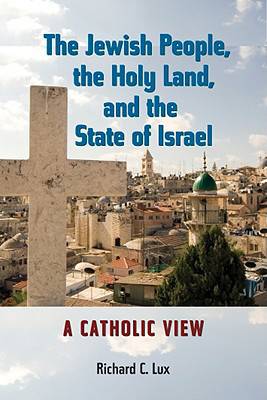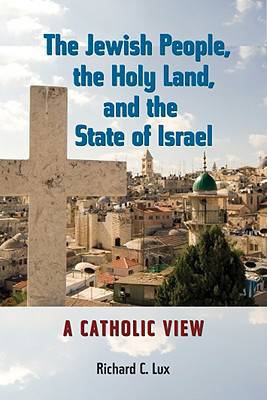
- Afhalen na 1 uur in een winkel met voorraad
- Gratis thuislevering in België vanaf € 30
- Ruim aanbod met 7 miljoen producten
- Afhalen na 1 uur in een winkel met voorraad
- Gratis thuislevering in België vanaf € 30
- Ruim aanbod met 7 miljoen producten
Zoeken
€ 29,95
+ 59 punten
Omschrijving
Over 40 years have passed since the Vatican Council II's groundbreaking declaration, Nostra Aetate, on the relationship between the church and the Jewish people. Gathering together the fruits of this dialogue, the author reflects on new possibilities and new directions for this relationship at the beginning of the new millennium. The book begins with the history and development of church teaching from supercessionism to post-Vatican Council II's developments. Chapter Two traces the paradigm shift in Pauline studies, two-covenant versus one-covenant theories, and a new one-covenant model of the Christian-Jewish relationship. Chapter Three views the Holy Land through the lenses of pilgrimage experiences and sacramental theology to propose a new view of Christ's presence in the Holy Land. Chapter Four discusses the significance of the land for Palestinian Christians and Palestinian Muslims and their attachment to it. Chapter Five proposes a new Catholic theological model for understanding the modern State of Israel. The last chapter deals with some possible objections to these new ways of thinking. +
Specificaties
Betrokkenen
- Auteur(s):
- Uitgeverij:
Inhoud
- Aantal bladzijden:
- 192
- Taal:
- Engels
- Reeks:
Eigenschappen
- Productcode (EAN):
- 9780809146321
- Verschijningsdatum:
- 1/01/2010
- Uitvoering:
- Paperback
- Formaat:
- Trade paperback (VS)
- Afmetingen:
- 155 mm x 227 mm
- Gewicht:
- 308 g

Alleen bij Standaard Boekhandel
+ 59 punten op je klantenkaart van Standaard Boekhandel
Beoordelingen
We publiceren alleen reviews die voldoen aan de voorwaarden voor reviews. Bekijk onze voorwaarden voor reviews.











